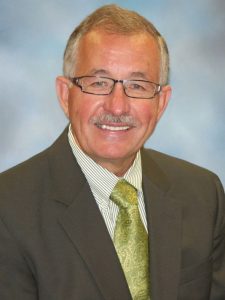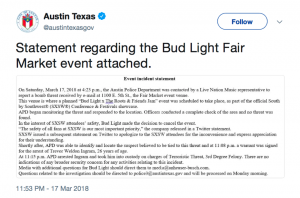By SUSAN AGHEDO
The Texas police shooting of Botham Jean last Thursday appeared on news sites across the country. The same basic facts are being reiterated: police officer Amber Guyger’s affidavit, the lawyers’ of the victim’s family disputing some of the facts in it (namely that the door was ajar), and other general information. The stories take on the expected inverted pyramid structure, but some articles on the news issue exclude key information that adds to the full portrait of available knowledge.
This begins with the exclusion of the initial search warrant for Guyger’s arrest and how it contradicts the arrest warrant that follows. The arrest warrant supports Guyger’s affidavit, while the search warrant supports the Jeans’ lawyers. Early in the coverage, NBC affiliates reported that a anonymous police source offered information supporting the lawyers’ claims that the door was not ajar, but eventually took it down due to this information contradicting the arrest warrant. That being true, a recognition of the altered information as opposed to not including the original information paints a more complete picture of the news.
This article took on a unique angle, focusing on the mystery witnesses that claim Jean confronted Guyger at the door and they heard yelling the night of his shooting. The interviewing of uninvolved expert lawyers added a more objective view of the case, unlike other articles that only included the words of the family lawyers and other people who had direct ties to the case.
One of these family lawyers is Benjamin Crump, who represented the families of Trayvon Martin, Michael Brown and other black men who were shot. This tidbit of information was not mentioned in many of the articles I read, even though he was quoted in some. Most people would recognize the cases he has represented, but not his name, so I find it important to specify who he is.




